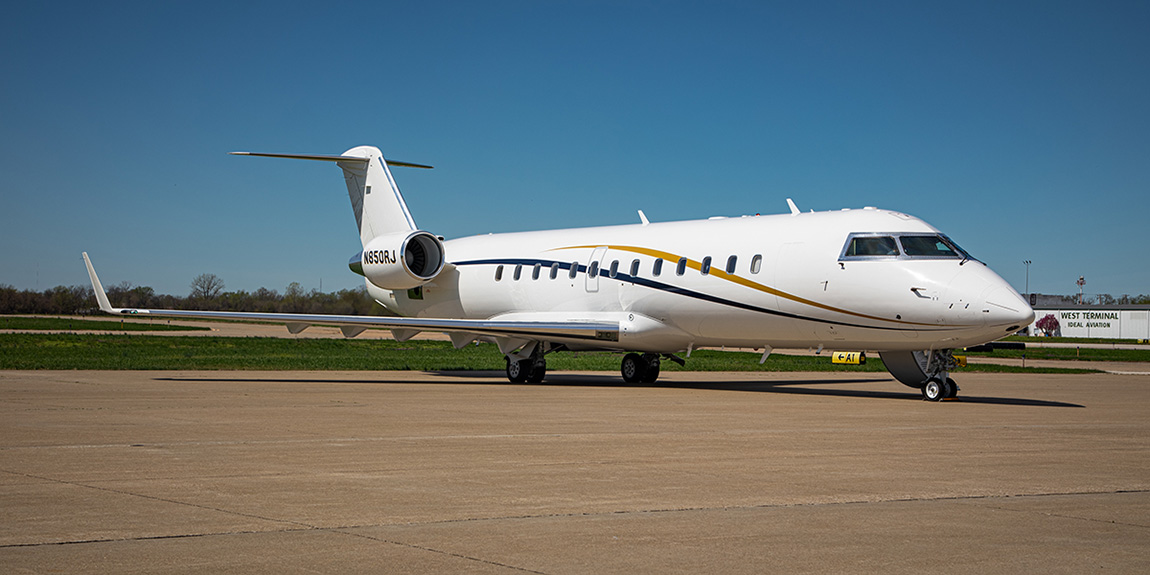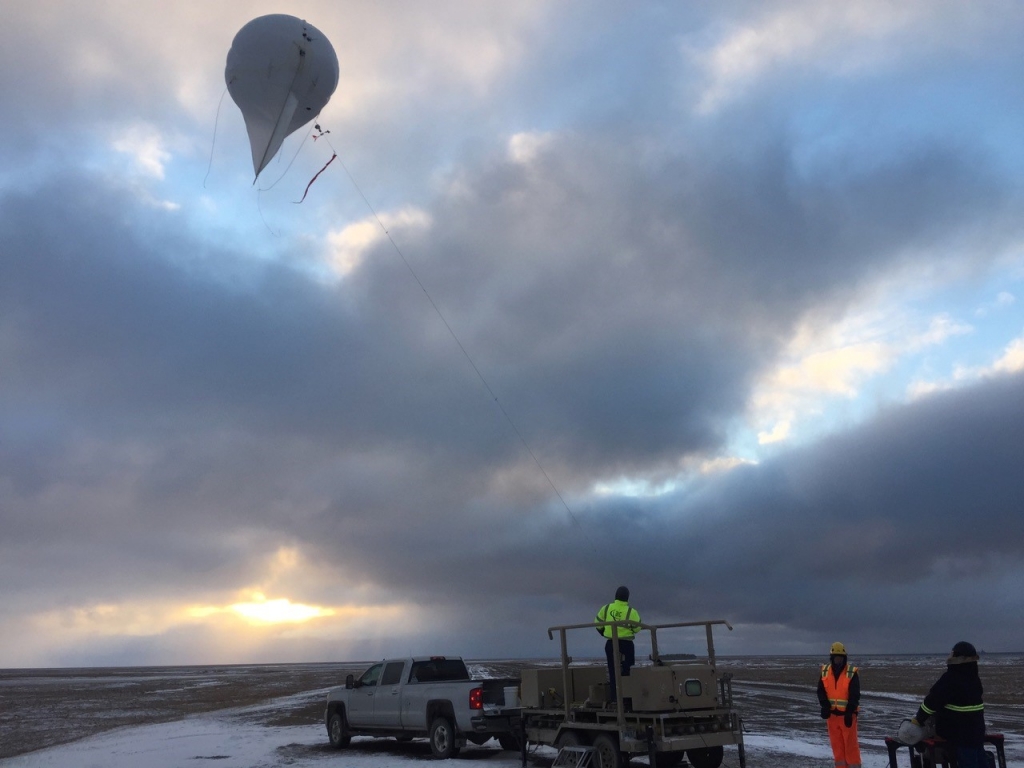ARM Seeks White Papers for Aerial Instrumentation Workshop
Published: 8 January 2020

The Atmospheric Radiation Measurement (ARM) user facility is a multi-laboratory, U.S. Department of Energy (DOE) scientific user facility advancing atmospheric and climate research. ARM’s aerial observatory capabilities enhance the surface-based ARM measurements.
ARM is requesting white papers from the atmospheric research community to guide the addition and implementation of measurement capabilities on its recently acquired piloted aircraft (the Bombardier Challenger 850 regional jet), its midsize unmanned aerial system (the ArcticShark UAS), and its tethered balloon systems (TBS) to enhance ARM’s aerial observation capability and better link ARM airborne observations to the surface-based observatories.
The purpose of this white paper call is to identify additional (or improvement of current) airborne measurements that are essential to answering a broad range of science questions and should be adopted as facility instruments. The current airborne facility instruments are found here for manned aircraft, UAS, and TBS.

For each proposed new instrument, the white paper should elaborate on the science driver, the value added beyond the existing measurements, and also demonstrate that the desired data products can be readily obtained via published algorithms.
Ideally, the instruments should already have a successful operating history on an aerial platform. It is therefore desirable to include examples of successful deployments of the suggested instruments on aerial platforms operated by other agencies in the United States or abroad [e.g., NCAR, NOAA, NASA, German Aerospace Center (DLR), U.K. Met Office].
The white papers will spur and inform discussion at an invitation-based ARM Aerial Instrumentation Workshop to be held in March 2020 at Pacific Northwest National Laboratory in Washington state. Workshop attendees will represent broad and balanced scientific expertise in the areas of meteorology, clouds, aerosols, trace gases, radiation, and associated sensor technology. The workshop intends to compile input from the participants as well as from the white papers.

White paper submissions should follow this template. White papers should be submitted via email to Beat.Schmid@pnnl.gov no later than February 8, 2020.
Furthermore, an open discussion will be organized during the Joint ARM User Facility/Atmospheric System Research Principal Investigators Meeting in June 2020. A formal workshop report will be published and referenced in the next Decadal Vision, ARM’s strategic plan.
More information on ARM’s aerial observatory capabilities can be found on the ARM Aerial Facility and ARM TBS web pages. Questions not answered by the above sources can be emailed to the organizers.
Workshop Organizers:
Darielle Dexheimer, Sandia National Laboratories
Fan Mei and Beat Schmid, Pacific Northwest National Laboratory
Keep up with the Atmospheric Observer
Updates on ARM news, events, and opportunities delivered to your inbox
ARM User Profile
ARM welcomes users from all institutions and nations. A free ARM user account is needed to access ARM data.


















